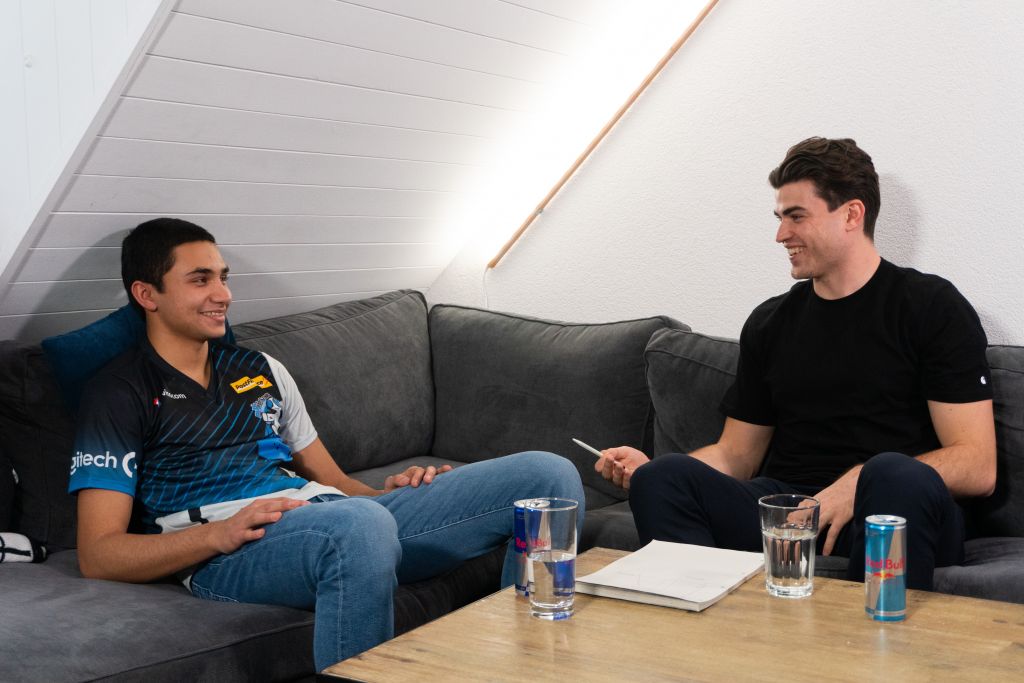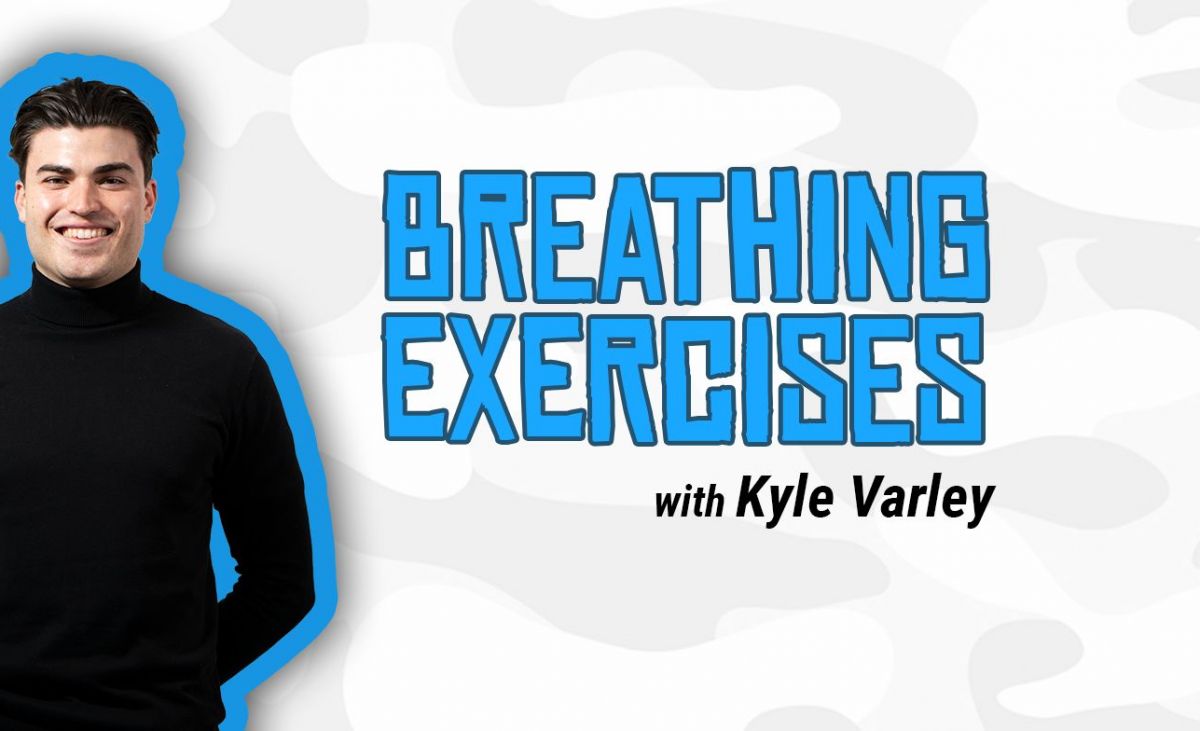–
What is it?
–
Breathing exercises are classic methods of sports psychology and are one of many different forms of psychoregulation trainings. Psychoregulation is the process of actively influencing one’s mental state. We therefore try to change our mental state depending on what we feel like in the moment and what we would want to feel like (Hänsel et al., 2016).
The goal is either to relax or activate ourselves. In the context of breathing exercises, when we actively try to influence our respiratory system, we control our breath so that it either calms us down or gives us energy. In general, our body and mind are constantly interacting with each other, one always influencing the other (Healthwise Staff, 2020).
If we run, our pulse increases and our breath goes up, however we also become more alert and active in our head. If we are tired and worn out, our breathing slows down and going to the gym becomes a struggle. During breathing exercises we make use of this interdependence.
By actively concentrating on our breath and slowing it down or speeding it up, we also influence how we feel. So in a stressful moment, when everything is going haywire, we can take a break or relax; or if we feel tired and need a push before an important appointment, we can activate ourselves.
–
Why should we do this?
–
By putting our body in a state of relaxation or activation, we also change our body and everything that happens in it. Breathing exercises can raise or lower the pulse and blood pressure, and even the brain shows signs of relaxation or tension in the form of electrical activity (alpha & beta waves) (Bing-Canar et al., 2016; Seppälä et al., 2020), depending on the breathing exercise performed. But how does it all work?
The human body has a system, which has always tried to help us be in the right state of mind at the right moment. This is the so-called autonomic nervous system. It distinguishes between two modes: “fight or flight” and “rest & digest”. In evolution, this meant that if you had to flee from a sabre-toothed tiger or hunt a mammoth, you had to be fully awake. On the other hand, if there was no danger around and your stomach was full of berries, you used the time to rest.
These two modes are still within us. Through the breathing exercise we can activate one of the two modes, so that our body is either awake and active or taking a break.
–
E-sports
–
In e-sports this means the following: have you been under pressure for weeks and could not perform because of stress, ruminated about different situations and had trouble relaxing in the evening? In this situation 10 calm, deep breaths will help you signal your head and your body that it needs to take a break. On the other hand, have you ever had an important game or tournament but still felt listless and unfocused just moments before? In this case, strong, activating breaths help you to get into an active state to deliver the most in any competition.
Relaxation & Activation Breathing Exercise from the Federal Office of Sport (Birrer et al., 2010)
–
Relaxation:
–
https://www.mobilesport.ch/aktuell/psychologisches-training-atemregulation-entspannungsatmung/
1. While sitting or lying down, assume a comfortable and straight posture.
2. Focus your attention on your breathing, especially on the abdominal breathing. Concentrate only on exhaling slowly through the mouth. The inhalation through the nose should happen all by itself.
3. With each breath, make the exhalation phase much longer than the inhalation phase until you have no more air. You should feel how the tension in your body decreases with each exhalation and becomes calmer. Repeat this 3 to 5 times.
–
Activation:
–
1. Focus all your attention on the inhalation and breathe in deeply through the nose.
2. Hold your breath for a short amount of time.
3. Then let all the air flow out through the mouth as if by itself. With each breath you will feel yourself becoming more alert. Repeat this 3 to 5 times.

Would you like to learn more about mental coaching, nutrition and performance? Make sure to check out our mYindset articles!
Bibliography:
Bing‐Canar, H., Pizzuto, J., & Compton, R. J. (2016). Mindfulness-of-breathing exercise modulates EEG alpha activity during cognitive performance. Psychophysiology, 53(9), 1366–1376. https://doi.org/10.1111/psyp.12678
Birrer, D., Ruchti, E., & Morgan, G. (2010). Psyche theoretische Grundlagen und praktische Beispiele. BASPO.
Hänsel, F., Baumgärtner, S. D., Kornmann, J. M., & Ennigkeit, F. (2016). Sportpsychologie. Springer-Verlag. https://doi.org/10.1007/978-3-662-50389-8
Healthwise Staff. (2020, August 31). Stress Management: Breathing Exercises for Relaxation | Michigan Medicine. University of Michigan. https://www.uofmhealth.org/health-library/uz2255
Seppälä, E., Bradley, C., & Goldstein, M. R. (2020, September 29). Research: Why Breathing Is So Effective at Reducing Stress. Harvard Business Review. https://hbr.org/2020/09/research-why-breathing-is-so-effective-at-reducing-stress
